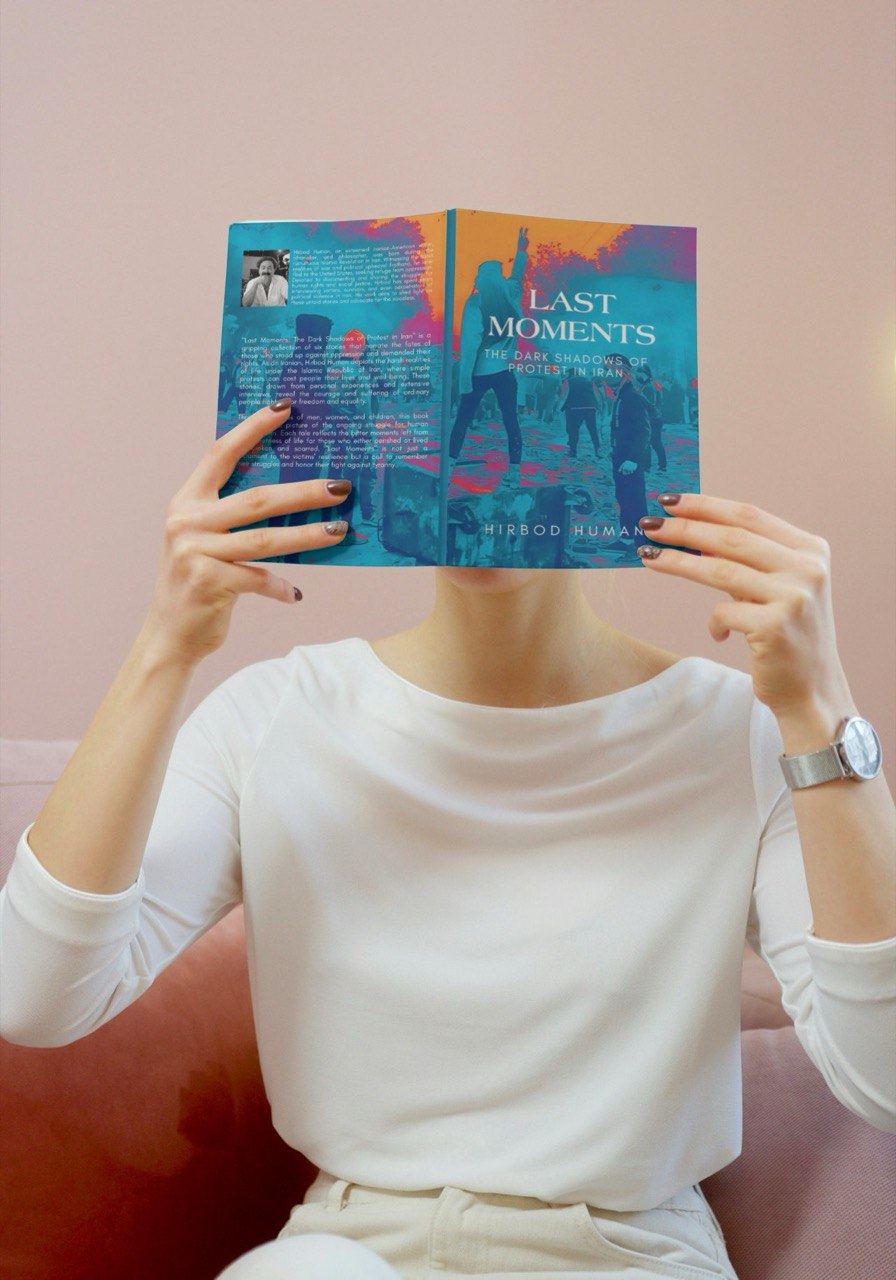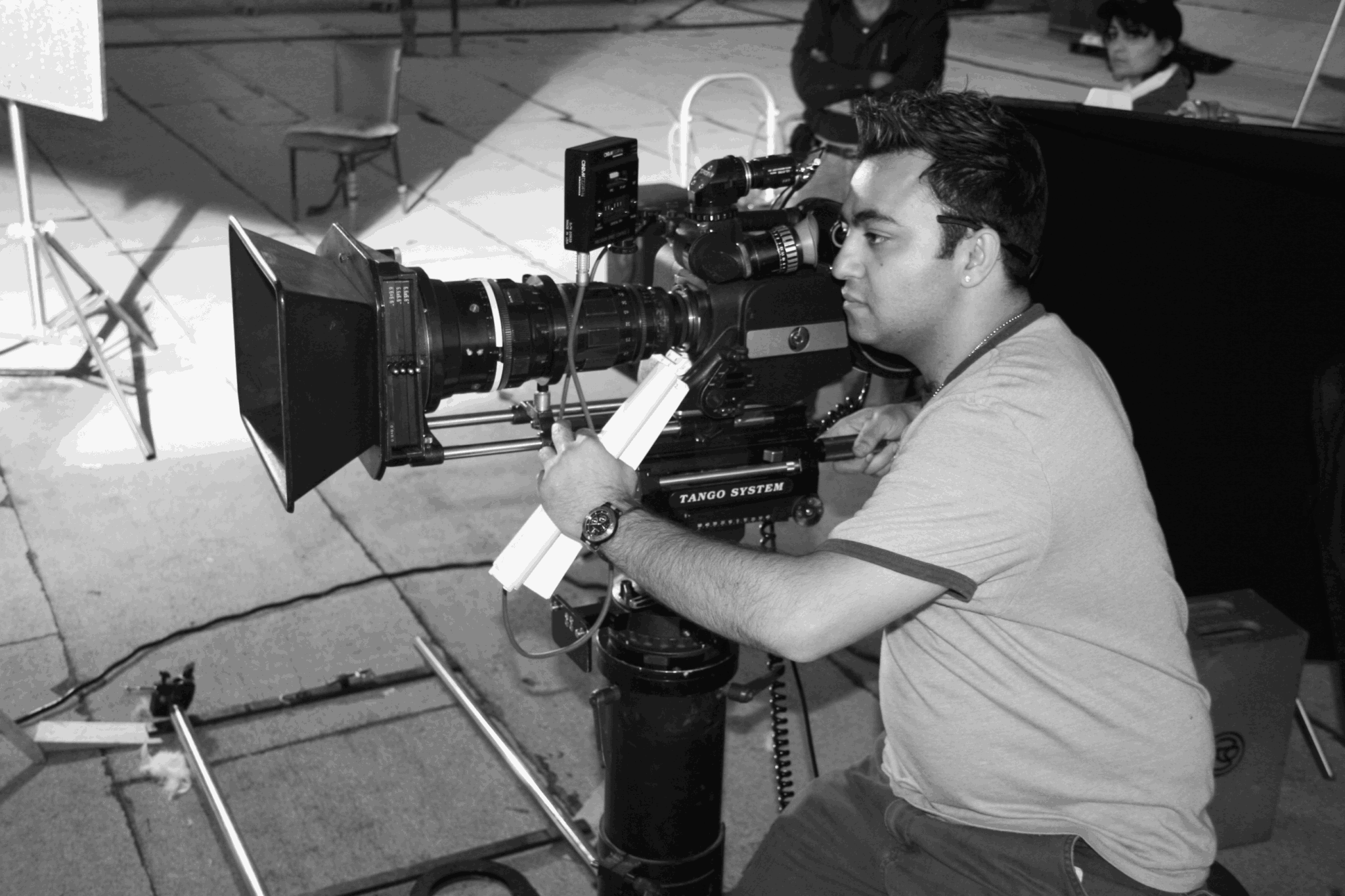We were lucky to catch up with Hirbod Human recently and have shared our conversation below.
Hi Hirbod, thanks for joining us today. We’d love to hear you experience with and lessons learned from recruiting and team building.
When I first started, it was just me. I became an entrepreneur at 21 and have spent more than two decades building and leading creative projects across different industries—from branding and design to media, publishing, and film. Over the years, I’ve founded and managed several companies, some of which are no longer active, but each one taught me something essential about people and collaboration.
At first, I thought building a team was about skills—and in a way, that’s the easiest box to check. You can look at a résumé, a portfolio, or a technical test and know if someone can do the job. But what comes after that is where things truly matter: how they connect, how they listen, how they protect the atmosphere that creativity needs to grow.
I’ve learned that success never happens in isolation. It’s never just me making a project succeed—it’s always the team. I don’t see people as working for me; they work with me. Whether it’s someone who spends nights developing ideas by my side or someone handling logistics or food preparation, every person who touches a project becomes part of its life.
When you build something creative, you invite others into your most vulnerable space. That requires a rare kind of trust—not just in their integrity or skill, but in their ability to maintain the spirit and mood of the project. I’ve learned this through trial and error, through honest mistakes and moments of clarity.
Early on, I made the mistake of overpromising—selling the dream rather than the process. Eventually, I realized that people don’t join you for the destination you describe; they join you for who you are and for the shared experience of getting there. It’s like inviting people onto a bus: you can tell them exactly where you’re going, or you can tell them who’s coming along and why. In the second case, even if the road changes, the group stays together because they believe in one another.
That’s how I approach collaboration today. I look for people who bring balance—whose strengths and perspectives expand what I can do. We spend at least eight hours a day together, shaping each other’s days, moods, and meaning. The right people don’t just make your projects better; they make your life richer.
If I were starting again today, I’d begin with that understanding. I’d still look for skill, but I’d place even more value on trust, openness, and the ability to share a journey rather than chase an outcome.

Great, appreciate you sharing that with us. Before we ask you to share more of your insights, can you take a moment to introduce yourself and how you got to where you are today to our readers.
I’ve always seen creativity not just as a profession, but as a way of life. I started young, studying art and design while exploring storytelling through media and visual culture. By my early twenties, I had already launched my first branding venture and spent years helping businesses—from small local ones to global names—shape their identity and voice. Those experiences taught me how ideas evolve when they meet collaboration, risk, and persistence.
But somewhere along the way, I realized that creative work must sustain more than the economy—it has to sustain the soul. After many years of building brands for others, I decided to return to my own creative path. I closed my branding business and art gallery to focus fully on what first inspired me: writing, filmmaking, and producing content that connects art and culture to the deeper human experience.
I’ve since returned to academia, where I’m pursuing my PhD and teaching in the fields of aesthetics, art, and culture. I’m also deeply involved with the Center for Body, Mind, and Culture at Florida Atlantic University and the Center for Cosmopolitan Culture, two communities that bridge theory and practice through dialogue, art, and reflection. At this stage of my journey, I’m less focused on financial growth and more on cultivating intellectual and creative depth—creating work that genuinely contributes to cultural understanding.
If there’s one thing I’ve learned, it’s that creative success is never just about skill or strategy; it’s about alignment—between what you create and who you are becoming. My greatest pride comes from embracing that evolution fully, even when it meant starting over. Each step—every risk, pause, and reinvention—has brought me closer to the kind of creative life I always imagined: one built on meaning, collaboration, and authenticity.
Any resources you can share with us that might be helpful to other creatives?
Looking back, I wish I had understood earlier how important it is for creative people to carry a personal project alongside their professional work. For many years, I was completely immersed in building companies and helping clients develop their brands. I loved the creative process, but I often neglected my own artistic growth—the kind that isn’t tied to deadlines or deliverables.
One of the biggest challenges for creatives is finding themselves in the world of business. Many of our industries still don’t have clear structures or predictable paths. Over the last decade, the internet and AI have opened new directions in design, gaming, and digital media, but for many creative minds, imagining a stable future in these fields can still feel uncertain.
Through experience, I’ve learned that the balance between economic growth and personal cultivation is essential. Even when work gets demanding, it’s important to protect time for private exploration—whether that means developing a personal art series, writing, making short films, or simply connecting with other creatives. Attending exhibitions, conferences, or art fairs isn’t just for exposure—it’s how we stay alive creatively.
If I could give my younger self advice, I’d say: always keep a personal project in motion, no matter how small. It’s the compass that keeps your creativity authentic and your career sustainable. When you stop creating just for yourself, you stop hearing your own voice—and that’s the one thing a creative person can never afford to lose.

Learning and unlearning are both critical parts of growth – can you share a story of a time when you had to unlearn a lesson?
A lesson I had to unlearn was measuring success by external validation. As a creative person, you inevitably become deeply attached to your work. You spend long hours perfecting every detail, only to realize that once it’s out in the world, it will be judged by others in ways you can’t control—likes, dislikes, sales, or reviews. In the commercial realm, everything seems to come down to how much something sells, whether it’s a brand, a book, a film, or a painting. But that’s not a fair measure of creativity.
For a long time, I felt that if a project didn’t gain enough recognition, it somehow meant it wasn’t good enough. Over time, I learned that this mindset quietly kills creativity. The truth is, many great writers, filmmakers, and artists went unnoticed through much of their early work. You may publish five books before anyone really reads you, or make several films before an audience finds you—but each of those efforts is part of the path that eventually defines you.
The real measure of success is not in the reaction you get, but in your persistence and growth. Every project, whether it’s celebrated or overlooked, adds to your craft. The ability to learn from criticism, to stay open, and to keep producing without waiting for applause—that’s what sustains a creative life.
Unlearning the need for constant external approval has allowed me to focus on what truly matters: the ongoing process of improving, experimenting, and finding meaning in the work itself. Recognition may come later—and when it does, people will see the full journey, not just the highlight.
Contact Info:
- Website: https://www.hirbodhuman.com/en/
- Instagram: https://www.instagram.com/hirbodhuman/?hl=en
- Linkedin: https://www.linkedin.com/in/hirbod-human-5bb55229
- Twitter: https://x.com/hirbodhuman/
- Youtube: https://www.youtube.com/channel/UCLJEZWXOP7mY7sR-KCWUyBw

Image Credits
both of my headshots by Dennis Church


